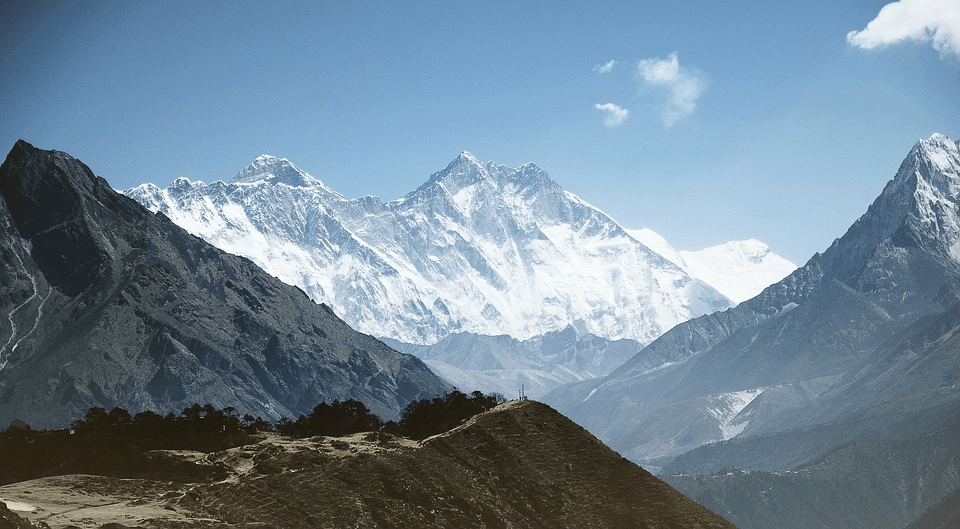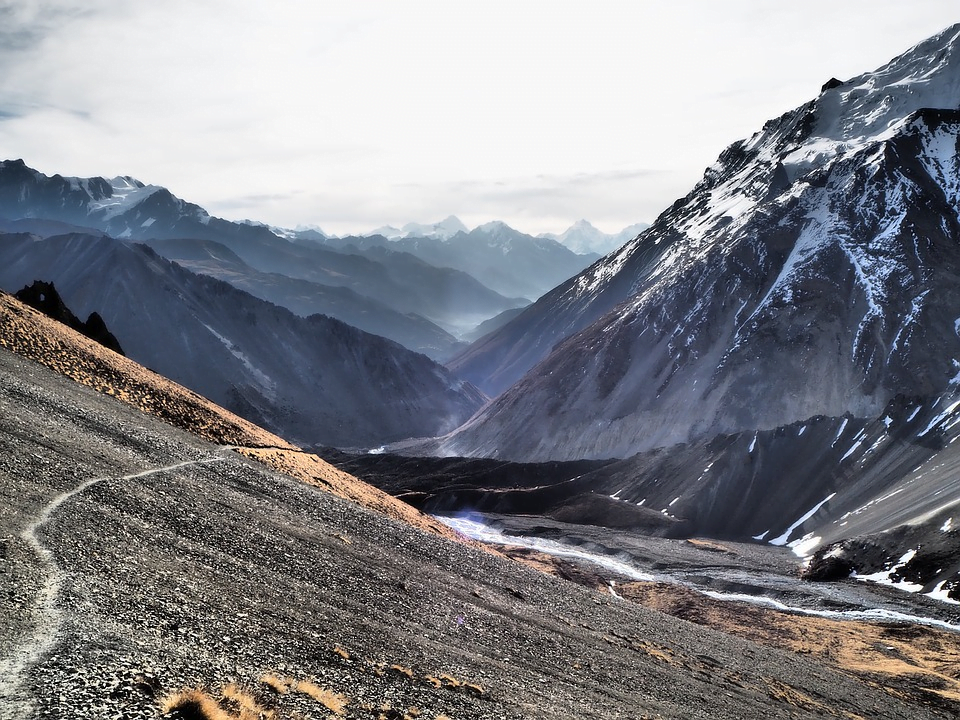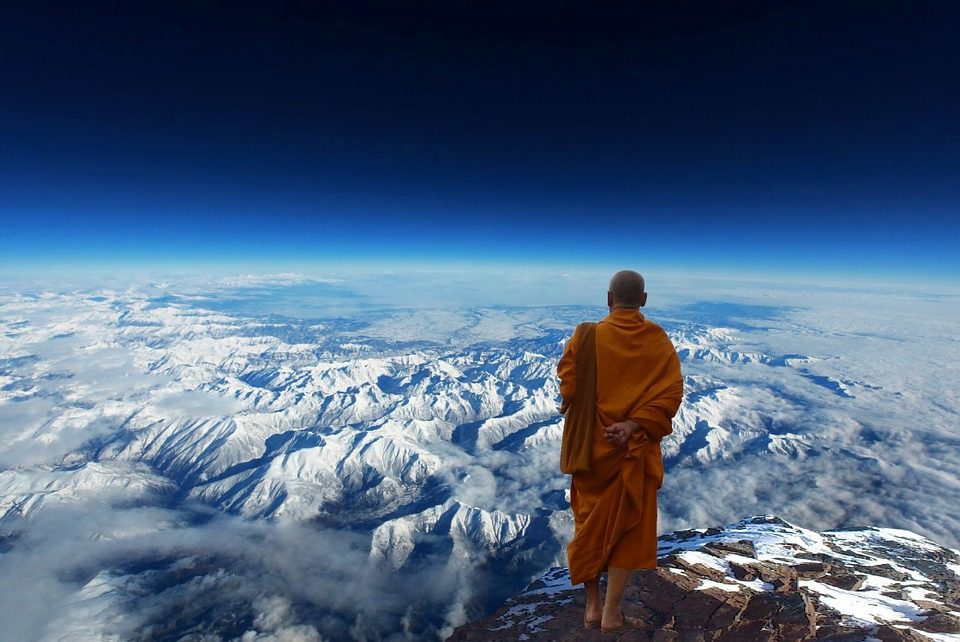Himalaya facts are mysterious. These mountain ranges are the pride of India and a home for many cultures and countries. The Himalayas are mystic, beautiful, dangerous as well as charming. Be it trekkers or travelers, spiritualists or romantic destination lovers, the Himalayas have everything for everyone. On the event of Himalayan Diwas or Himalayan Day, here we cover interesting facts about the Himalayas that depict how great these mountain ranges are.
Quick Navigation
Himalayan Day or Himalayan Diwas
What is Himalaya Diwas?
Himalaya Diwas is the day celebrated in India as a remembrance of the necessity to conserve the Himalayan ecosystem. It is officially declared and celebrated by the Uttarakhand government.
When is Himalayan Diwas celebrated?
Himalayan Diwas or Himalayan Day is celebrated on September 9th every year.
What is the significance of Himalayan Diwas?
The Himalayan Day discusses the issues like seismic activity in the Himalayan zone, the measures to protect the biodiversity and its ecosystem, and tourism-related activities in the Himalayan zone.
Facts about the Himalayas – Geography
- The word Himalayas originates from Sanskrit terms. Hima means ice or snow. Alaya means Temple or Home! Thus the Himalayas are an abode of snow!
- The evolution of the Himalayas is traced back to 80 million years ago. Guess when this is? It is the Jurassic period!
- Surprisingly, the Himalayas are the youngest mountain range in the world. By the way, the Himalayas is not one mountain. They are continuous ranges of mountains.
- Scientists say the Himalayas formed when the landmass between the northern hemisphere (Laurasia) and Southern Hemisphere (Gondwanaland) split.
- The Main Himalayan range in the East contains the world’s third-highest peak – Kanchenjunga (8586m).
- The Himalayas are home to the highest mountain range in the world.
- The Yangtze, Yellow, Mekong, Indus, Ganges, and the Brahmaputra rivers originate in the Himalayas.6 countries
- Mount Everest located in the Himalayas is the highest peak in the world. It is located at the Nepal-Tibet border. Its height is 8,848 meters. The name Everest comes after the British Colonel Sir George Everest who was India’s surveyor General for 13 years from 1830 to 1843. The first people to reach Mount Everest were Sir Edmund Hillary and Sherpa Tenzing Norgay in 1953.
- Siachen glacier in the Himalayas is the largest glacier in the world that is of non-polar origin.
- The main passes in the Himalayas are Zoji La, the Boktal Pass, the Umasi La, and the Kang La.
- The Nanda Devi is the highest mountain in the Indian portion of the Himalayas with a height of 7816m.
Facts about the Himalayas – Ranges in the Himalayas
Pir Panjal Range
- It lies south of the main Himalayas.
- Average height 5000m.
- Extends from Gulmarg to Banihal Pass along the Kashmir valley.
DhaulaDhar Range
- Lies South of Pir Panjal Range.
- Extends from Dharamshala to Ravi-Beas Valley.
Siwalik Hills
- It Lies South of the DhaulaDhar range.
- Average height – 1500-2000m.
- Extends from Jammu and Vaishno Devi to Mandi in the South.
Zanskar Range
- Lies north of the Himalayas. Extends the whole of Zanskar valley and region in the west.
- Contains Kamet (7756m) – the second highest peak in India.
Ladakh Range
- Lies North of Leh. Contains the prominent pass Khardung La – 5606m.
East Karakoram Range
- Home of many famous peaks – Teram Kangri (7464m), Saltoro Kangri (7742m), Rimo (7385m).

Facts about the Himalayas – Climate
- The Himalayas are one of the regions on Earth that experience the coldest temperatures. The temperatures drop as you move up and up. Winters are scary and make it tough for trekkers and travelers.
- Climate is always dry and rainfall is lesser compared to the rest of India.
- Darjeeling and Sikkim experience the Indian monsoon heavily from June to September. Temperatures in May are around 25 degrees centigrade.
- Rains in valleys like Chamba, Kulu, and Shimla are heaviest during August to September. Temperatures in May are around 20 degrees centigrade.

Facts about the Himalayas – List of National Parks in the Himalayas
- Hemis High Altitude National Park: Located in Ladakh in Markha and Rumbak valleys. Home for snow leopards and ibex.
- Dachigam National Park: Located 20km from Srinagar. Home for Kashmir stag and musk deer.
- Kishtwar National Park: Located in Jammu and Kashmir in Warnab and Chenab Valleys. Home for musk deer, leopards, and ibex.
- Great Himalayan National Park: Located in Himachal Pradesh, in Sainj and Tirthan Valleys. Home for forest leopard and brown bear.
- Kanawa Sanctuary: Located in Himachal Pradesh, across North Parvati Valley. Home for musk deer and forest leopard.
- Manali Sanctuary: In Himachal Pradesh, across Manaslu Nallah and homes are thar, musk deer, brown bear, and many more.
- Corbett National Park: In Uttarakhand, across Ramnagar. Is a home for tigers, wild boar, and elephants.
- Govind Sanctuary: In Uttarakhand, at Tons river and Har ki Dun Valley. Home for brown bears, musk deer, and leopards.
- Nanda Devi National Park: In Joshimath in Uttarakhand. Home for the snow leopard, musk deer.
- Valley of the Flowers National Park: In Joshimath in Uttarakhand. Home for thar, musk deer, and leopards.
- Kanchenjunga National Park: In Yuksam, in Sikkim. A home for Thar, musk deer, snow leopard.

Facts about the Himalayas – Flora and Fauna
- The whole vegetation zone of the Himalayas comprises different sub-zones. Among them, the vegetation is known for birch groves, juniper, rose shrubs, lichen, mixed forests, etc.
- The wildflowers of the Himalayas add beauty to the valleys here. Wax flowers, edelweiss, marsh marigolds, massed irises, delphiniums, euphorbias, anemones, ranunculus, etc. are famous here. The blooming season is July and August.
- We can spot many mammals and other animals in the Himalayas. Marmots, Bears, Primates, Red Foxes, Cats, Deers, Snow Leopards, Wild yaks, Wild Sheep, and Goats, along with vivid bird life add to the biodiversity of the Himalayas.
- Yak dung is used as fuel in homes here. Yak is the common mode of transportation in the Himalayas.

Facts about the Himalayas – People and Culture
- The Himalayas are the juncture of various cultures – Hinduism, Buddhism, and Islam.
- Kashmiris, Dogras, Dards, Baltis, Ladakhis, Paharis are the tribes found in the Himalayas. They are the descendants of Aryans and Tibetans.
- Nepalis call the Himalayas Sagarmatha. Tibetans call the Himalayas Chomolungma.
Facts about the Himalayas – Spiritual
- Mount Kailash, the mountain that is the home for Lord Shiva as per Hinduism, is in the Himalayas. Mount Kailash is believed to be the center of the Universe.
- The Himalayas are famously mentioned in Hindu scriptures. You can find their mention in Ramayana, and Mahabharata. The famous instance when Hanuman flies to the Himalayas to bring the magic herb for injured Lakshman is well known.
- The Himalayas are the home of Goddess Parvati. Her father’s name is Himavan, which means King of Snow-capped regions (Himalayas).
- The Himalayas contain many Buddhist monasteries.
- There are many famous religious travel places in the Himalayas including Amarnath, Vaishno Mata Temple, Badrinath, Kedarnath, Manas Sarovar, etc.

Fun Facts about the Himalayas
- The Himalayas grow about 5 mm per year!
- The Greater Himalayan Region is called the Roof of the World!
- Out of the 14 world’s highest peaks, the Himalayas contain 9!
- You can take out 3000 cubic gallons of freshwater from Himalayan glaciers.
- The Himalayas has 5 countries – Bhutan, China, India, Nepal, and Pakistan.
- 75 percent of Nepal lies in the Himalayas.
- The famous Indus river originates in Bhutan and flows through India.
Facts about the Himalayas – Effect of climate Change
Climate change and the increasing hill station tourism activities have a worrying impact on Himalayan glaciers. This is reflected in the form of floods, untimely rainfall, increasing temperature in summers, and erratic climate conditions than normal.
At AvaniGo, we are passionate about India and its mesmerizing culture. We intend to share the greatness of Indian culture through our articles. To learn more about us and contribute to our website, email us at hello@avanigo.com.

